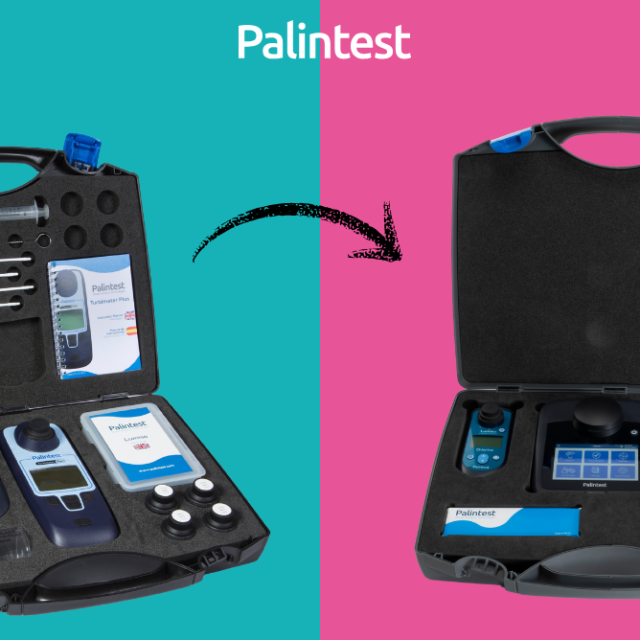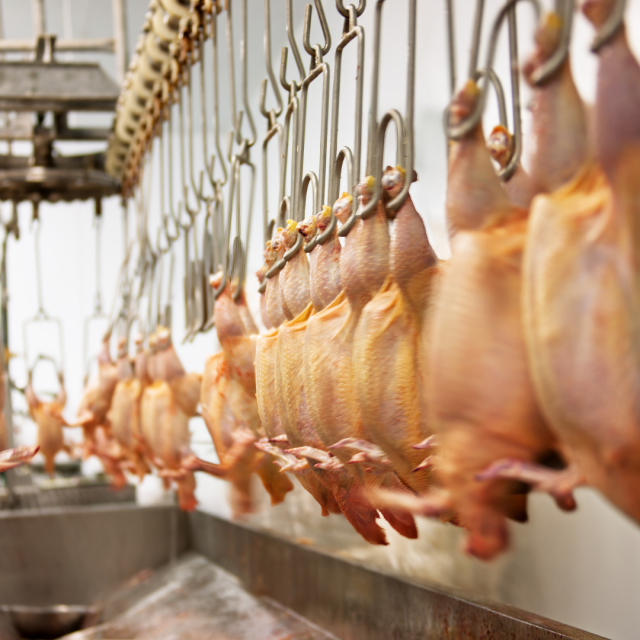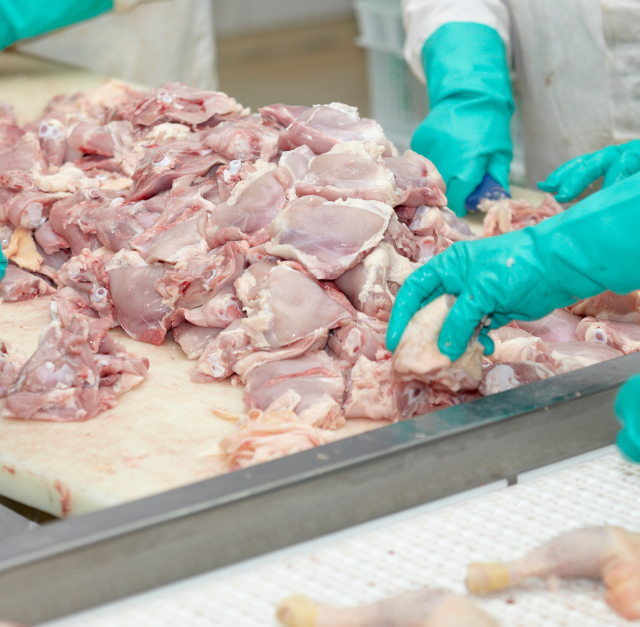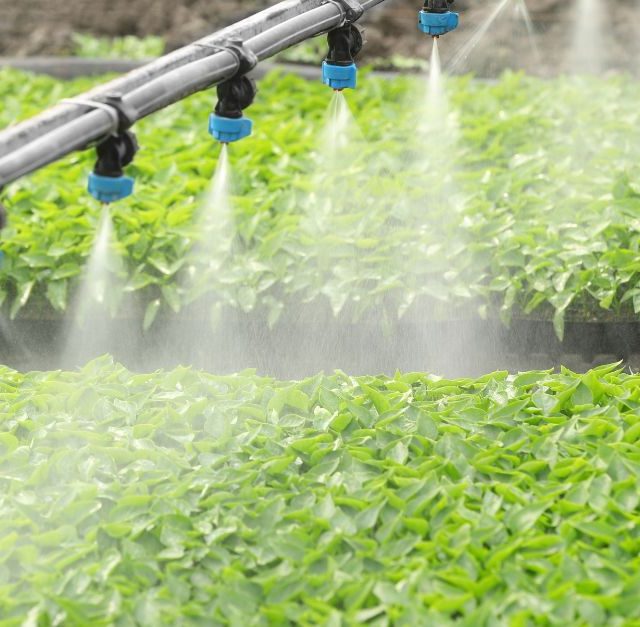
Whether you’re washing carcasses in Arkansas or sanitising surfaces in Yorkshire, disinfection is a core part of poultry processing. It keeps products safe, prevents contamination, and ensures compliance with increasingly strict food safety regulations. But this isn’t just about using the right chemicals — it’s about testing them, precisely and consistently.
From peracetic acid (PAA) to chlorine and beyond, chemical testing in poultry processing must be accurate, repeatable, and auditable. Each region of the world has its own regulatory framework and disinfection methodology, but the one constant is that poor testing leads to risk — and risk leads to recalls, reputational damage, and serious financial penalties.
The Role of Disinfection Chemicals in Poultry Production
Disinfectants are the first line of defence against pathogens like Salmonella and Campylobacter, both of which remain leading causes of foodborne illness. These chemicals are used to reduce microbial loads on carcasses, clean equipment, and sanitise water systems.
However, every disinfectant has a sweet spot. Too little and bacteria survive. Too much and you risk damaging product quality or violating safety limits. This is why chemical testing in poultry processing must be tightly controlled.
Traditional test methods such as dip strips or colour-comparison kits are still in use across many facilities, but these tools are notoriously prone to human error, lighting variation, and inconsistent interpretation. In high-throughput environments, such unreliability can create real vulnerabilities.
Different Countries, Different Methods – But One Common Need
Regulations and practices vary widely by region, but all poultry processors face the same challenge: proving that their chemical interventions are working as intended.
United States
In the US, antimicrobial agents such as chlorine and PAA are applied directly to poultry via immersion chillers, spray cabinets, and rinse stages. The USDA’s Food Safety and Inspection Service (FSIS) permits these methods, with strict upper limits — for example, chlorine must not exceed 50 ppm in carcass washes. Regular, documented testing is mandatory to remain compliant.
United Kingdom
In the UK, carcass washing with chemicals is prohibited. Instead, disinfectants are used to sanitise equipment, water lines, and work surfaces. The UK’s Food Standards Agency (FSA) expects robust hygiene systems backed by Hazard Analysis and Critical Control Points (HACCP) protocols. Testing must demonstrate that surfaces and environments are maintained to the required standard — even without direct meat contact.
Asia-Pacific (APAC)
The APAC region is a mixed landscape. Australia and New Zealand generally permit carcass washing under controlled conditions. Southeast Asian countries vary widely, with some following EU-style restrictions and others adopting more permissive models. Export-driven producers often need to meet overlapping regulatory expectations across multiple markets.
For these facilities, testing systems must be not only accurate, but adaptable, able to handle multiple chemical types and satisfy auditors from several jurisdictions.
Why Kemio Disinfection Offers a Better Way Forward
Many processors are turning to electrochemical testing platforms like Kemio Disinfection from Palintest to eliminate the guesswork of manual methods. Kemio provides fast, objective, digital readings for PAA, chlorine, and other agents — with built-in data logging to simplify compliance and record-keeping.
Kemio supports poultry processors by providing:
- Repeatable accuracy across all operators, shifts, and environmental conditions.
- Real-time feedback that allows immediate corrective action on the production line.
- Digital records for compliance with FSIS, FSA, and export audit requirements.
Critically, Kemio handles multi-chemical testing with ease, making it an ideal tool for global processors who must meet varied standards across multiple facilities.
Future-Proofing Poultry Safety with Better Testing
As global scrutiny increases, poultry processors must move beyond outdated tools and adopt more sophisticated systems for monitoring chemical use. With regulators demanding not just effectiveness but proof of control, platforms like Kemio are fast becoming essential.
Better testing doesn’t just reduce risk — it drives efficiency. By ensuring that disinfectants are dosed correctly and used responsibly, processors can cut chemical waste, avoid downtime, and reinforce consumer trust.
No matter where a plant is located or what disinfectants it uses, one thing is certain: chemical testing in poultry processing is no longer optional. It is a critical part of doing business — and doing it safely, competitively, and sustainably.
Frequently Asked Questions
Why is chemical testing in poultry processing important?
- Accurate testing ensures disinfectants are effective without exceeding regulatory limits. This helps prevent contamination, fines, and product recalls.
Can Kemio Disinfection test both PAA and chlorine?
- Yes, Kemio supports digital electrochemical testing for multiple disinfectants, delivering fast, repeatable results and reducing operator error.
What are the risks of using manual test strips?
- Manual testing is prone to human error, lighting variation, and inconsistent results. It also lacks traceable digital records required for audits.
How do chemical regulations differ in poultry processing around the world?
- The US permits carcass washing; the UK focuses on equipment hygiene; APAC varies by country. All regions require proof of safe chemical use.
How does digital testing support compliance?
- Platforms like Kemio provide automated record-keeping and accurate test results, making it easier to pass audits and demonstrate regulatory adherence.
Sign up for our newsletter
Please add your details below to receive our monthly newsletter and latest offers.




